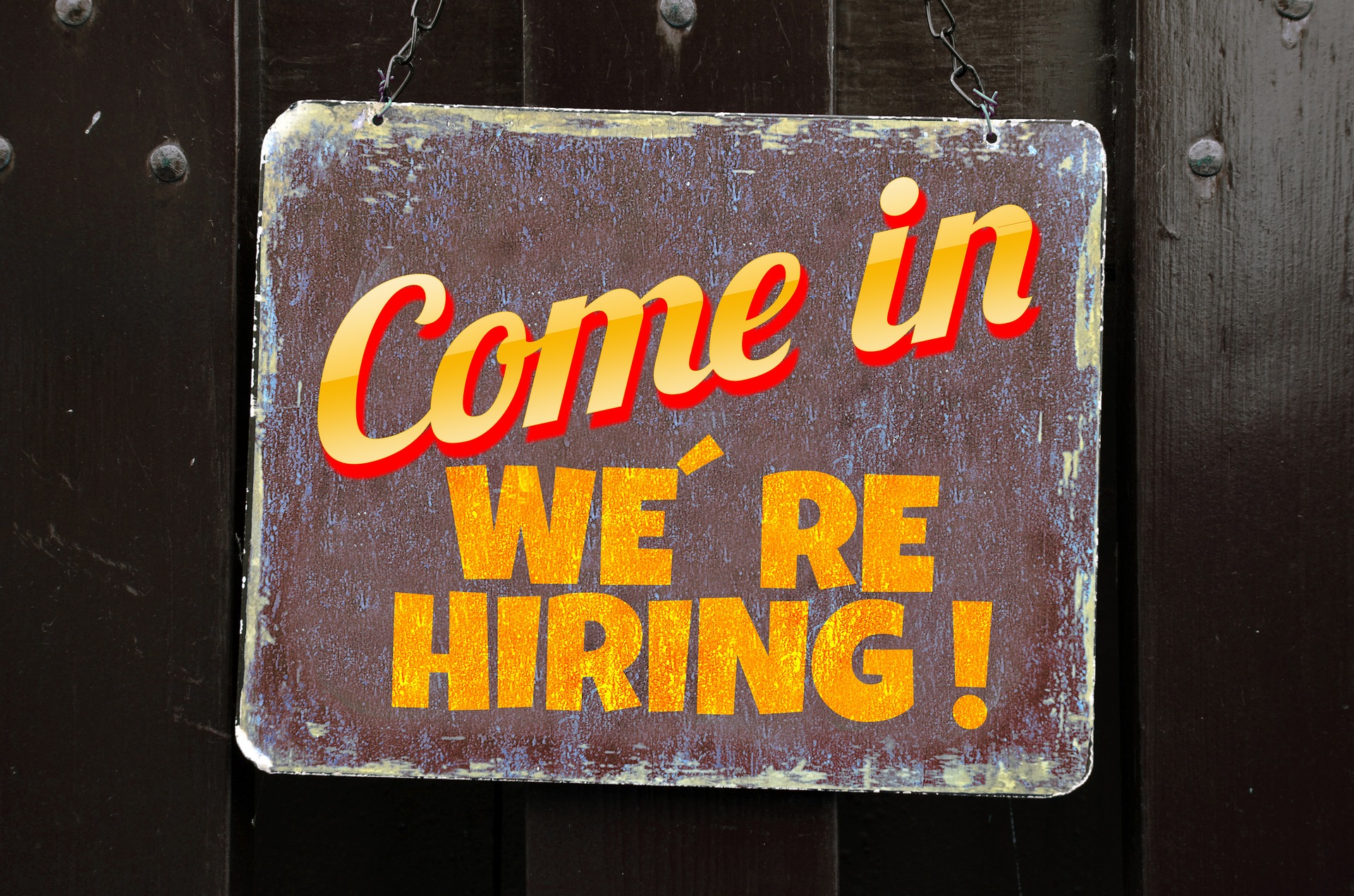The brain is actually a supple, malleable organ, as ready to unlearn as it is to learn, capable of transforming vicious circles into virtuous circles, of resetting and repairing its internal communications. Far more than once dreamed possible, the brain can—if not always cure—heal itself.
Doidge wrote about the brain’s remarkable ability to recalibrate itself—what doctors call neuroplasticity—in his 2007 bestseller The Brain That Changes Itself. His new book recounts an astounding array of radical improvements in brain problems long thought irreversible. There are newly effective therapies, leading to improvement in, and sometimes even complete cures, for conditions ranging from stroke to traumatic brain injuries, learning disorders and missing brain parts. Even Parkinson’s and MS symptoms can be improved in new ways. “Like Marshall McLuhan said, the future is already here,” says Doidge in an interview. “The early neuroplasticians had to battle to get their findings accepted but now the field is not remotely controversial. I’m no longer talking about ‘promising’ developments down the road, but therapies that are here now. Patients and their caregivers just have to know who is doing things they thought impossible.”





